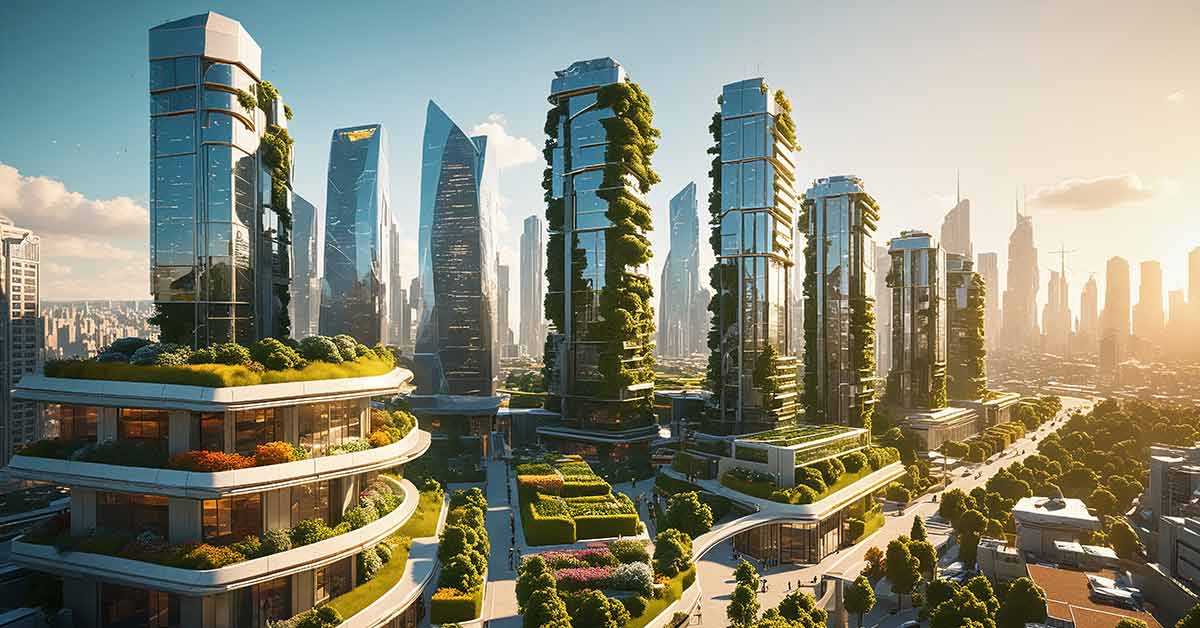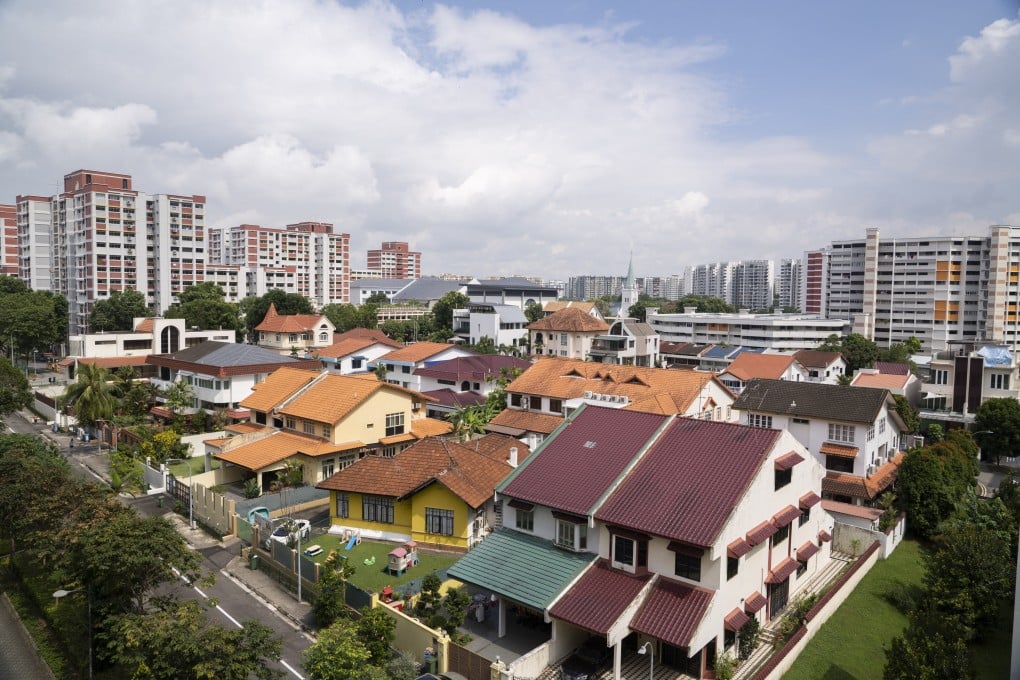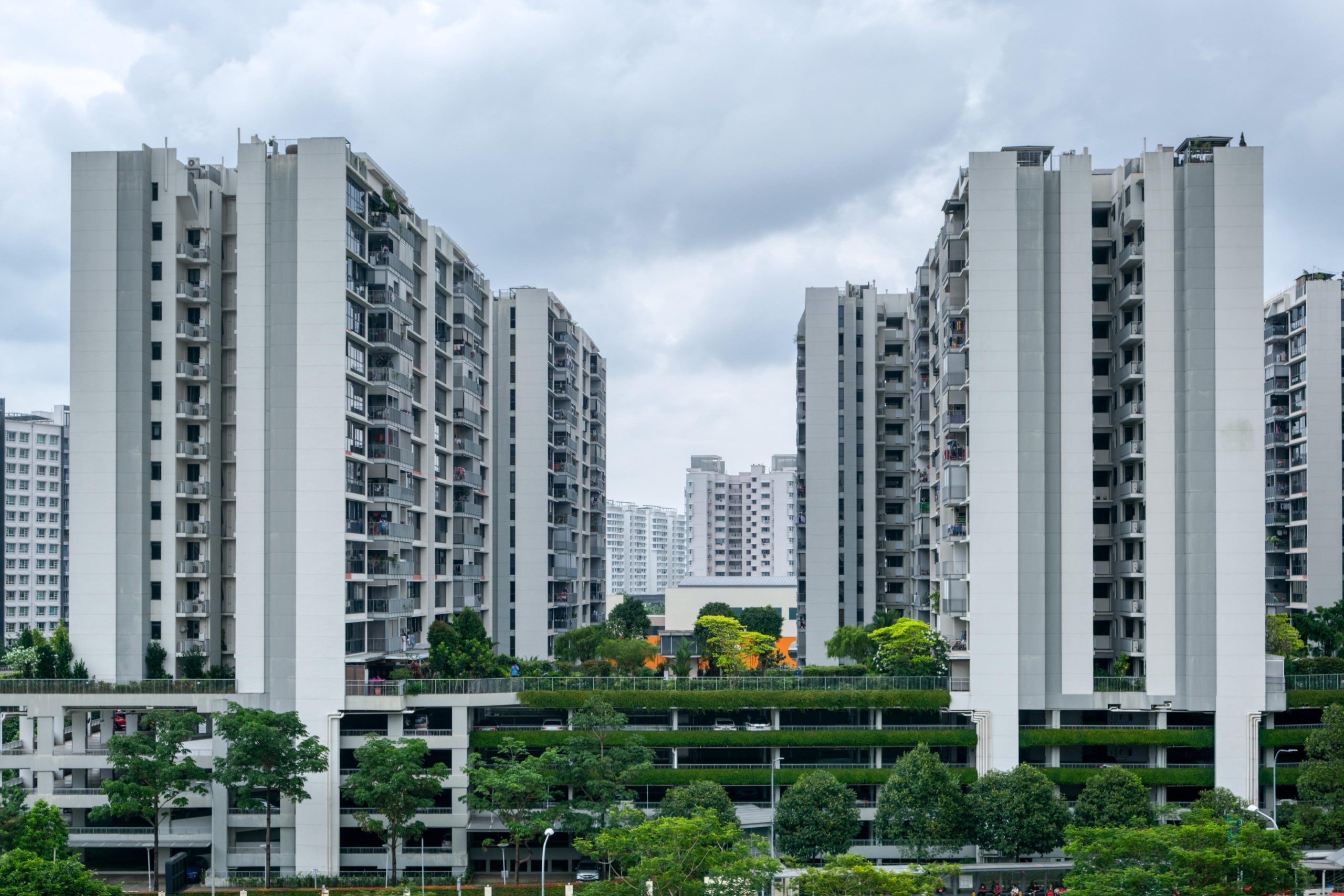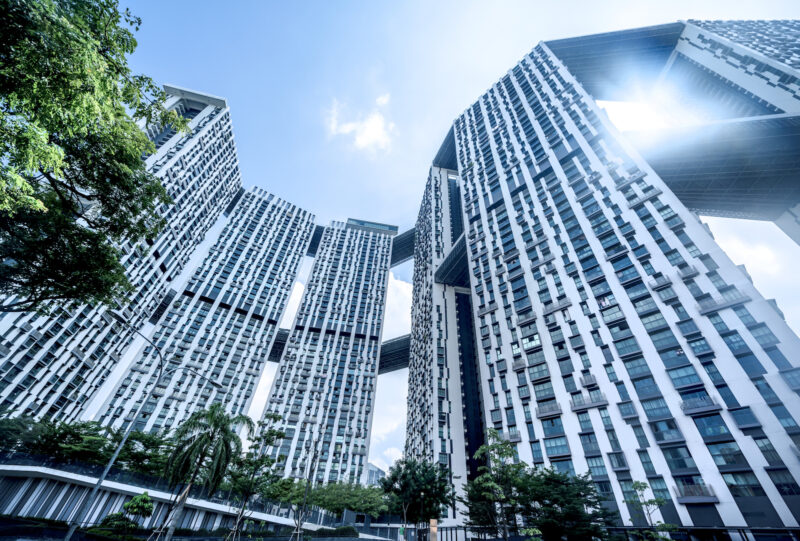Nestled at the crossroads of tradition and innovation, Singapore presents a fascinating tapestry of possibilities within its real estate market. This vibrant city-state, known for its soaring skyline and lush green spaces, offers a unique investment landscape that beckons both seasoned investors and newcomers alike.
From luxury condominiums in the heart of Orchard Road to charming heritage shophouses in the evolving districts of Katong and Tiong Bahru, the diversity of property types is captivating. Yet, beyond the picturesque settings and modern amenities lies a complex interplay of economic dynamics, regulatory frameworks, and cultural nuances that can influence investment decisions.
As we delve deeper into this compelling market, we will unveil the myriad factors that position Singapore not just as a regional hub, but as a global player in real estate investment. What makes this urban oasis so enticing? Let’s uncover the potential that waits to be explored.
Understanding the Investment Environment

Understanding the investment environment in Singapore’s real estate market is paramount for any potential investor looking to navigate its dynamic landscape. With a robust economic framework and a favorable regulatory climate, Singapore stands out as a beacon of stability in Southeast Asia.
The city-state’s strategic location, marked by its bustling port and thriving financial hub, not only attracts global business but also international investors seeking growth opportunities. High-end residential developments like Upperhouse Orchard Boulevard exemplify the premium investment options available in prime districts. However, beneath this glossy surface lies a tapestry of intricate market dynamics, influenced by factors such as government policies, demographic trends, and shifts in consumer demand.
For example, the rising trend of remote work has altered residential preferences, creating a fascinating interplay of supply and demand across various segments. As we delve deeper into this vibrant market, understanding these nuances becomes essential for making informed investment decisions that can yield substantial returns.
Key Residential Property Types

In Singapore\’s dynamic real estate landscape, several key residential property types stand out, each catering to diverse investor needs and lifestyle preferences. High-end condominiums, often nestled in prime districts, offer luxury living with an array of amenities, appealing to expatriates and affluent locals alike.
On the other hand, HDB flats, which represent the heart of the public housing system, provide a more accessible entry point for first-time buyers, embodying a rich sense of community. Additionally, landed properties, including bungalows and semi-detached houses, attract those seeking exclusivity and space, though they come with a heftier price tag.
Moreover, emerging trends like integrated developments, which blend residential units with retail and recreational facilities, are reshaping the market, making it crucial for investors to understand these various segments. As the city-state continues to evolve, the interplay of these residential types presents both challenges and opportunities for discerning investors.
Commercial Real Estate Insights

The commercial real estate landscape in Singapore is a dynamic tapestry of opportunity, shaped by the citys strategic location, robust economy, and a forward-looking regulatory environment. Investors are particularly drawn to the prime districts, where the demand for office spaces and retail units continues to soar, fueled by the influx of multinational corporations and an ever-growing expatriate community.
Amidst this competitive arena, one can observe a significant shift toward sustainable developments and tech-integrated buildings, responding to both environmental concerns and the evolving needs of tenants. Short-term volatility may emerge from global market fluctuations, yet the long-term outlook remains positive, underpinned by government initiatives and infrastructural advancements, making Singapore not just a hub for investment, but a beacon for innovation in the commercial sector.
As the market evolves, astute investors must remain vigilant, ready to navigate the complexities that lie ahead, ensuring they capitalize on the wealth of potential that Singapore’s commercial real estate market offers.
Conclusion
In conclusion, the Singapore real estate market stands out as a compelling arena for both local and international investors, propelled by its resilient economy, strategic location, and favorable government policies. With developments like Upperhouse Orchard Boulevard exemplifying the high-end segments appeal, investors are presented with diverse opportunities across various price points and property types.
As the market continues to evolve, staying informed about emerging trends and understanding the factors that drive demand will be crucial for making sound investment decisions. Overall, Singapore remains a beacon of stability and growth in the real estate landscape, offering potential returns that are hard to ignore.


